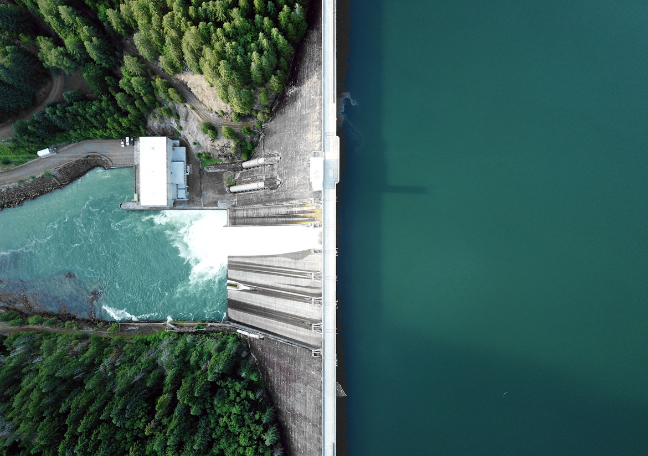Lesson summary
Students explore the concept of renewable energy and its environmental significance as well as the positive and negative impacts it has on the interconnections of Earth's spheres. They examine various renewable energy technologies and learn about the importance of nature-positive renewable energy projects. Through a creative design task, students conceptualise this nature-positive idea, fostering a deeper understanding of renewable energy's role in achieving a sustainable, net-zero economy whilst also considering its influence on Earth's interconnected spheres.
Learning intentions:
Students will...
- Understand renewable energy and its significance, as well as investigating both the positive and negative impacts of renewable energy technologies on Earth’s spheres. They will design a nature positive renewable energy project that will focus on sustainability of the environment.
Success criteria:
Students can...
- Define renewable energy and summarise its importance.
- Assess the positive and negative impacts of renewable energy technologies on Earth’s spheres.
- Design a nature positive solution to a renewable energy environmental limitation.
Lesson guides and printables
Curriculum links
Select your curriculum from the options below.
Lesson details
Skills
- Collaboration
- Curiosity
- Ethical Understanding
- Communication
- Reflection
Curriculum Mapping
Australian Curriculum (v9.0) content description: Year 9 Earth and Space Sciences
- Represent the carbon cycle and examine how key processes including combustion, photosynthesis and respiration rely on interactions between Earth’s spheres (the geosphere, biosphere, hydrosphere and atmosphere (AC9S9U03).
- Analyse the key factors that contribute to science knowledge and practices being adopted more broadly by society (AC9S9H04).
General capabilities: Critical and Creative Thinking, Personal and Social Capability
Syllabus outcomes: Stage 5 ES3
Cross-curriculum priority: Sustainability
Relevant parts of Year 9 Science achievement standards:
Students can explain how interactions within and between Earth’s spheres affect the carbon cycle and analyse the different ways in which science and society are interconnected.
Resources Required
- Device capable of presenting audiovisual recordings
- Student devices for research
Additional Info
This unit of lessons, along with the other units in the Skills and Jobs For a Transitioned Economy package, aim to teach students how to be climate solution entrepreneurs. These lessons will equip students with the relevant skills and knowledge of jobs and career pathways that will be able to sustain our economy once it has transitioned away from fossil fuels. Cool.org thanks our philanthropic partners, the Lord Mayor’s Charitable Foundation and Boundless Earth, for their generous contributions in helping us to create these resources.


Welcome back!
Don't have an account yet?
Log in with:
Create your free Cool.org account.
Many of our resources are free, with an option to upgrade to Cool+ for premium content.
Already have an account?
Sign up with:
By signing up you accept Cool.org's Terms and Conditions(Opens in new tab) and Privacy Policy(Opens in new tab).